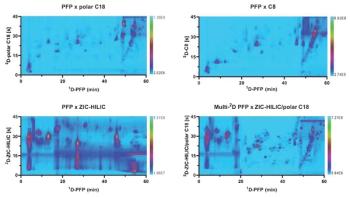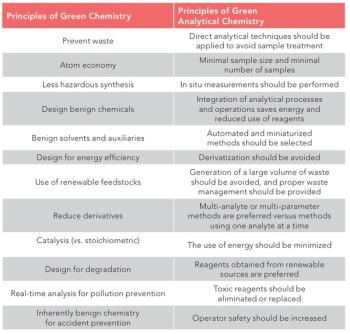
Metabolite methods
Thermo Fisher Scientific has announced a new method for the detection and absolute quantification of metabolites based on the company?s TSQ Quantum XLS in multiple reaction mode.
Thermo Fisher Scientific has announced a new method for the detection and absolute quantification of metabolites based on the company’s TSQ Quantum XLS in multiple reaction mode (MRM). According to the company, scientists will be able to use the triple stage quadrupole GC–MS–MS–MRM technology to conduct both discovery phase analysis and selective identification and quantification analysis.
Metabolomics studies the unique chemical fingerprints that cellular processes leave behind and is heavily influenced by the capabilities of analytical instrumentation, largely due to the physio-chemical diversity of biological small molecules. Varied and flexible analytical strategies are therefore essential. According to the company, analysis of low concentration endogenous metabolites in complex biological samples is often challenging due to the chromatographic co-elution of different components. The use of LC or GC–MS–MS strategies is necessary to improve the selectivity of targeted metabolomics assays. The company reports that by using a single instrument when performing both the screening and quantification of metabolites, not only accelerates the process, increasing throughput, but also provides optimized reproducibility in fragmentation pattern, peak intensities and mass accuracies.
The sensitivity and selectivity of the method is reported to enable the effective study plant metabolism and phytohormone profiling. The new method is detailed in an application note entitled "Metabolomics strategies using GC–MS–MS technology".
Newsletter
Join the global community of analytical scientists who trust LCGC for insights on the latest techniques, trends, and expert solutions in chromatography.




